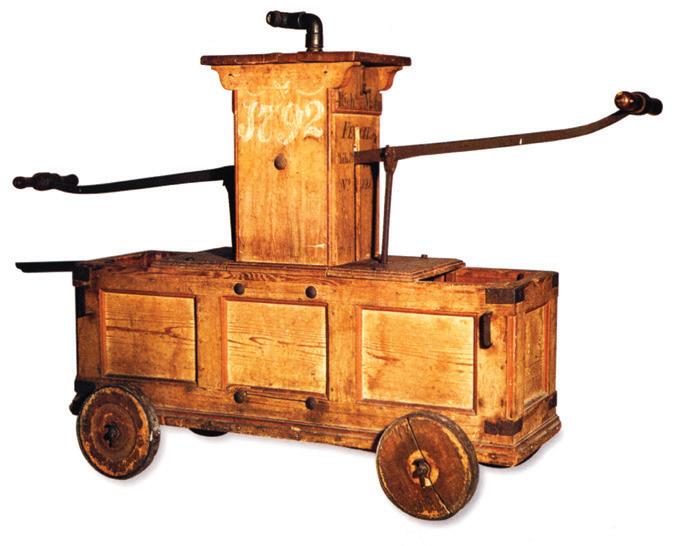
1 minute read
FIRE ENGINE DEVELOPMENT
EARLY FIRE APPLIANCES RELIED ON EFFORT RATHER THAN EFFECTIVENESS. HERE WE TAKE A PICTORAL LOOK AT THE DEVELOPMENT OF FIREFIGHTING APPLIANCES, FROM THE HAND POWERED PUMPS OF THE 18TH CENTURY UP UNTIL THE AGE OF STEAM, WHICH REVOLUTIONISED THE CAPABILITY OF FIREFIGHTING SERVICES.
Horse Power
Advertisement
A further improvement in firefighting came when manual pumps were mounted on horse-drawn chassis. Apart from increased mobility and response speed, this development also meant that manufacturers could produce heavier and more powerful pumping units. Better design, stronger metal components and more robust pumping mechanisms combined to keep manual fire engine development moving forward at a steady pace.
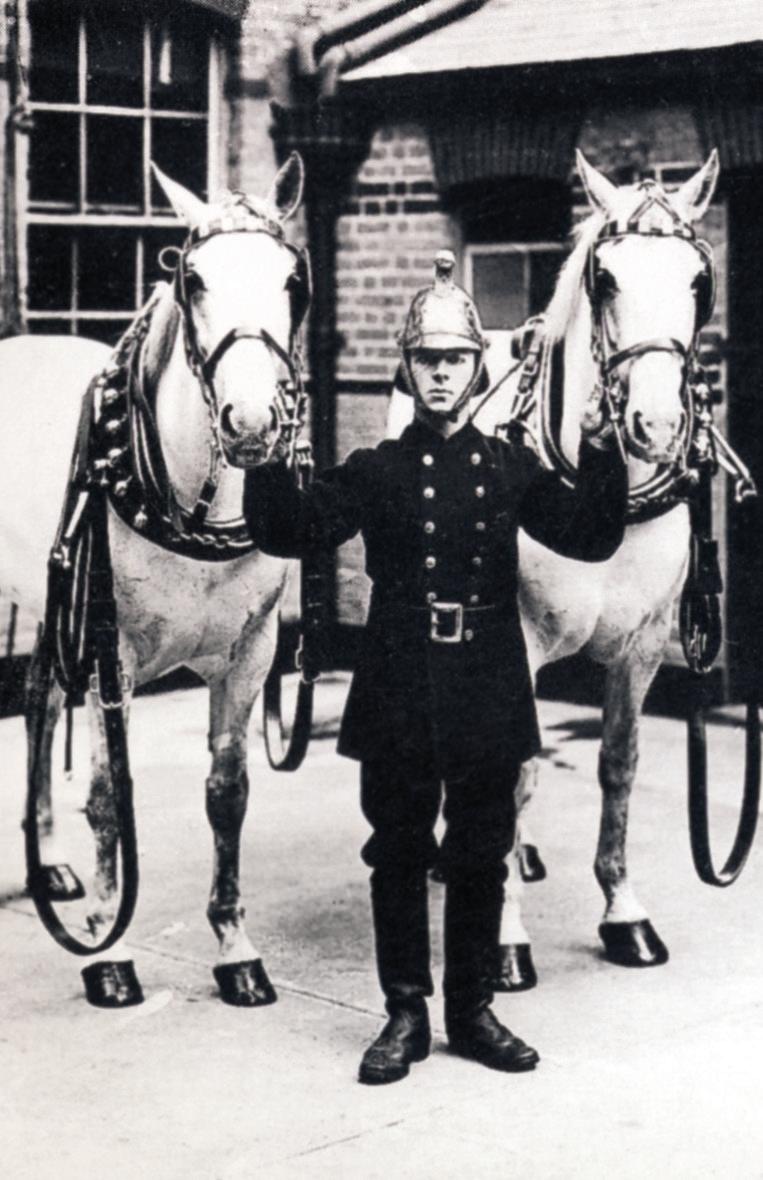

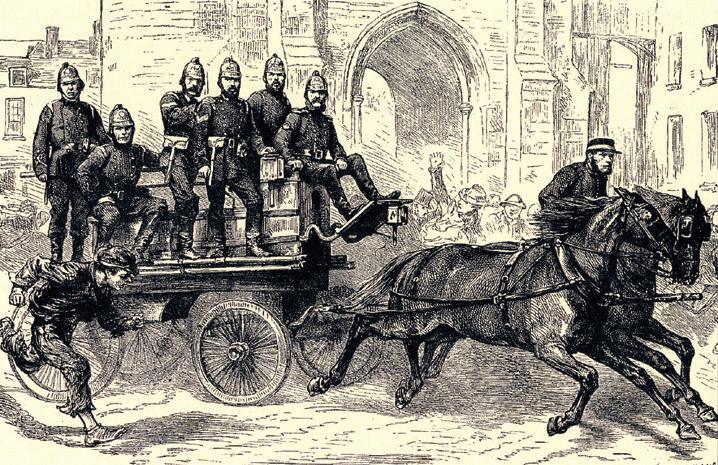

The Age of Steam
Steam power was first successfully applied to a firefighting pump in 1829, thereby revolutionizing the service. Fire brigades no longer had to rely on a team of straining volunteers to get a decent firefighting jet of water. They simply let the steam drive the powerful jets of water for them.
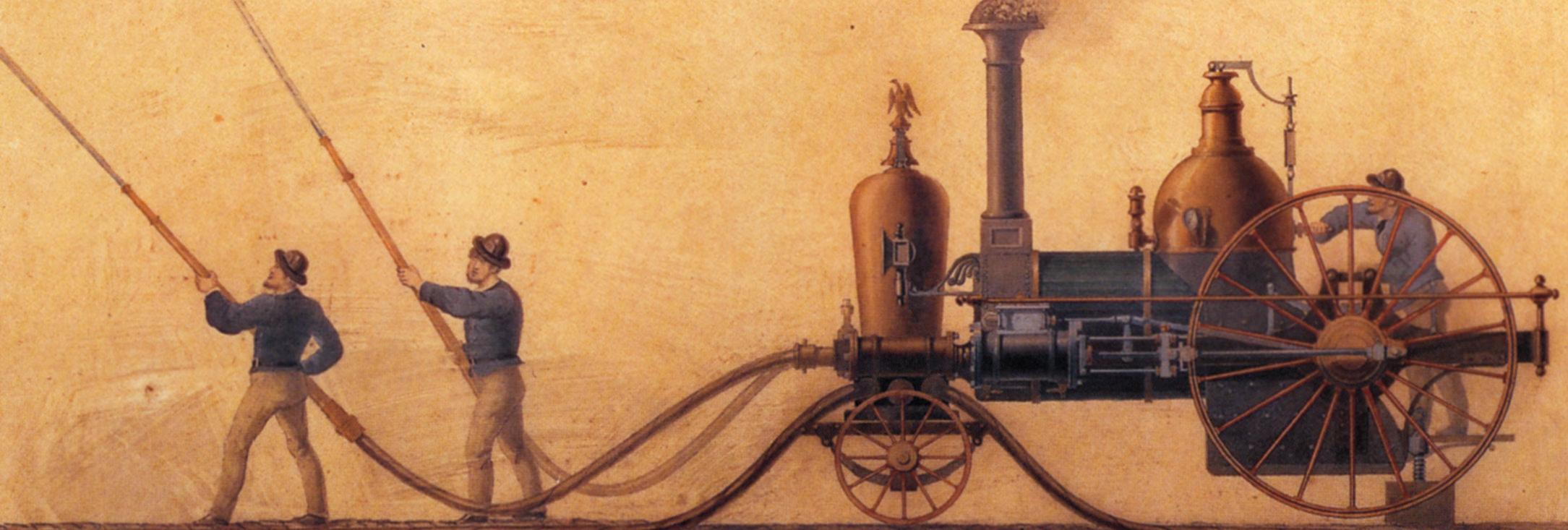



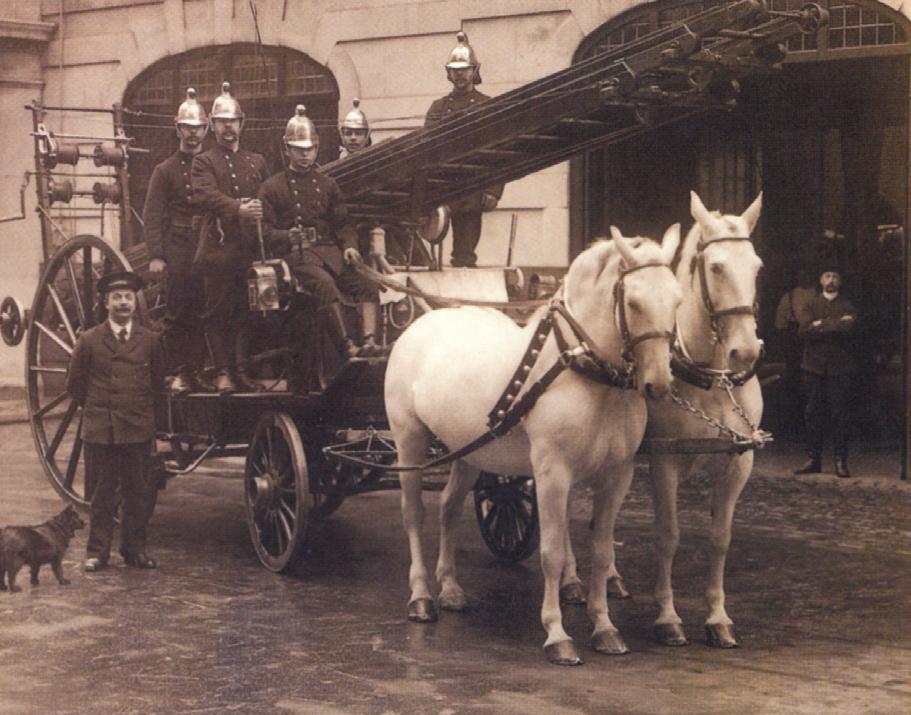
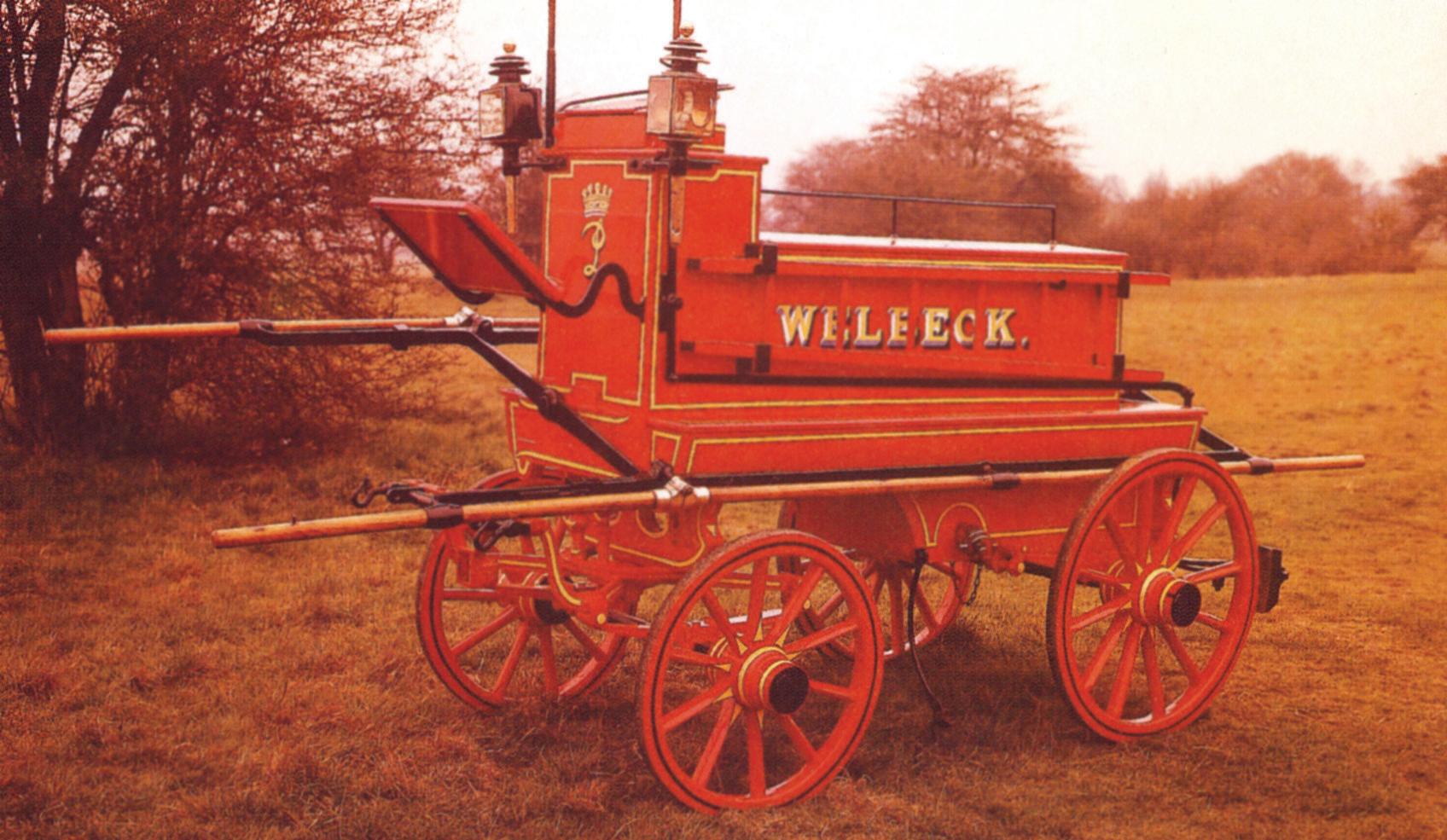
Excerpts taken from: Firefighting: Heroes of fire and rescue through history and around the world. Published by Southwater, an imprint of Anness Publishing Ltd.©











